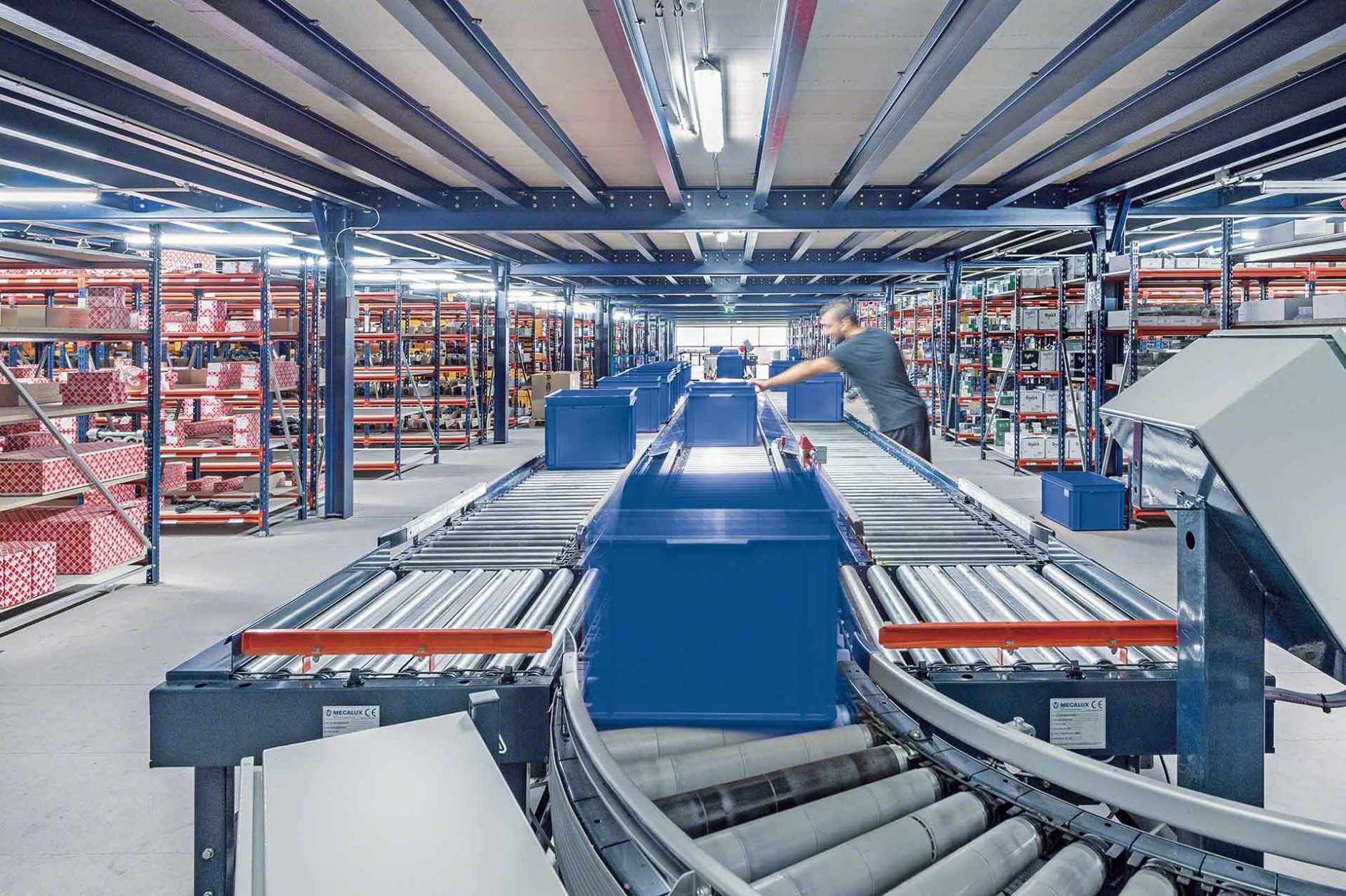How to Build Robotic Warehouse Automation System: Which Steps You Need to Accomplish?

Warehouses everywhere are rapidly shifting to the robotic warehouse automation system. It is estimated that by the end of 2022, one million units will have been sold. As a result, robots have become an indispensable part of many industries, and with the constant technological upgrade, the robots have a flourishing future to look forward.
Implementing automation from scratch is an expensive affair. However, with third-party providers like GreyOrange, more businesses can think of hiring automation solutions. However, it brings the question of when you should think about warehouse automation?
You have heard about warehouse automation. You understand how fulfillment software can bring you success. But is it the right time to invest in robots? If you face the problems listed below, it is time to turn to automation.
You have a labour-intensive setup.
Order fulfillment takes a lot of time and is often inaccurate.
Face errors in order picking, stocking, and shipping.
There are errors in inventory management.
Loss and errors are ruining your customer base.
Now that you have decided to turn to the robotic warehouse automation system, let’s see the steps to implement warehouse automation.
What is your objective?
Identify your objective of automation, the processes you need to streamline, and the KPIs to measure. After this process, you will understand your requirements. It is crucial when selecting the automation and Fulfillment Software you require. Ensure flexibility in your WMS to incorporate any future changes.
Identify your stockholders
Identifying the key people to handle the different parts of your supply chain is essential. Appraising them about the change in the system and having them on board with the plan is vital for a smooth transition to a robotics system.
Chalk out a labour plan
Sit and plan out the robots to human ratio of workers. Things to consider here are your warehouse size, picking volumes, travel distances, etc. If this is not planned, then there would be confusion; as a result, the order fulfilment turnaround time will not see significant improvement.
Reach out to your human employees and keep reassuring them about their jobs. Give them adequate challenges to keep them interested in the work.
WMS implementation
Shifting from hard-copy spreadsheets to an automated warehouse management system may feel challenging. However, you will soon realise that it is effortless to keep track of inventory with WMS.
The new WMS has to integrate it with the current system so that operations do not halt during the transition. So you have to chalk out this transition plan carefully.
Data analytics
With the fulfillment Centre automation in place, you will have quick access to crucial data points like inventory count and details, expiry dates, the number of shipments processed, etc.
Once your data collection and inventory management process are streamlined, you will be able to see significant and steady growth. After Fulfillment Center Automation, the margin of errors will diminish, turnaround time will be less, and end-to-end processing speed will increase. Overall, this will result in greater customer satisfaction and better revenue.
Thanks for helping to keep our community civil!
This post is an advertisement, or vandalism. It is not useful or relevant to the current topic.
You flagged this as spam. Undo flag.Flag Post


